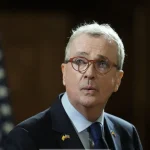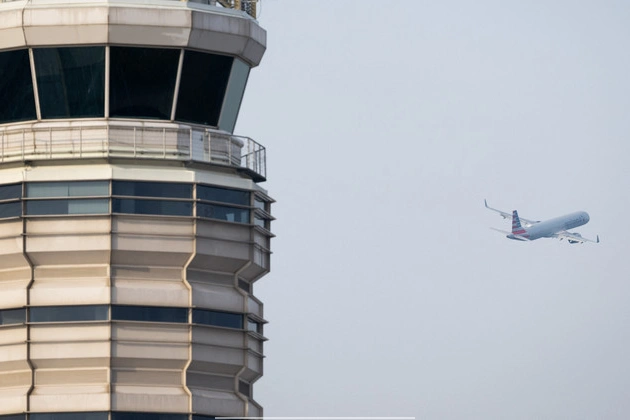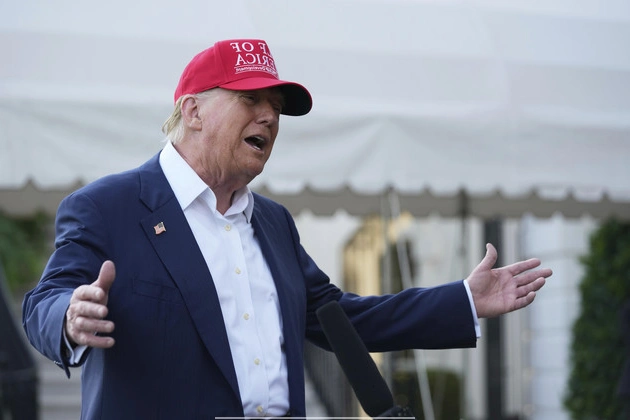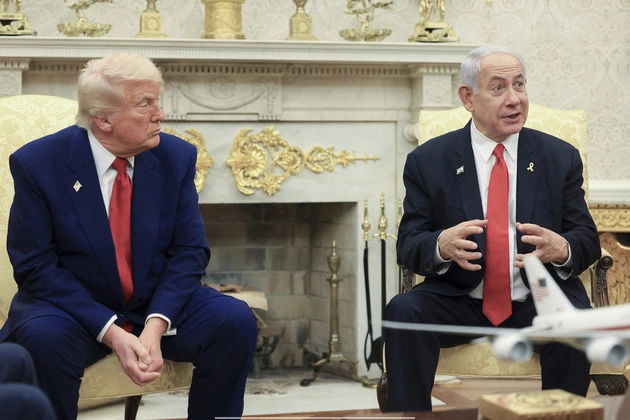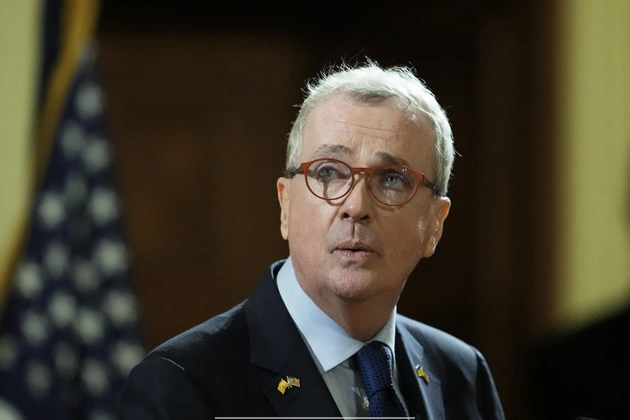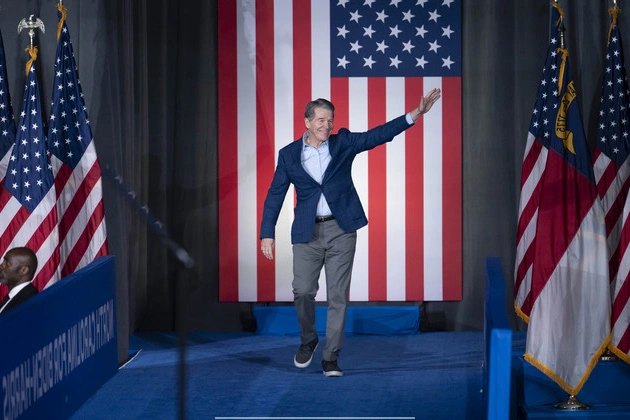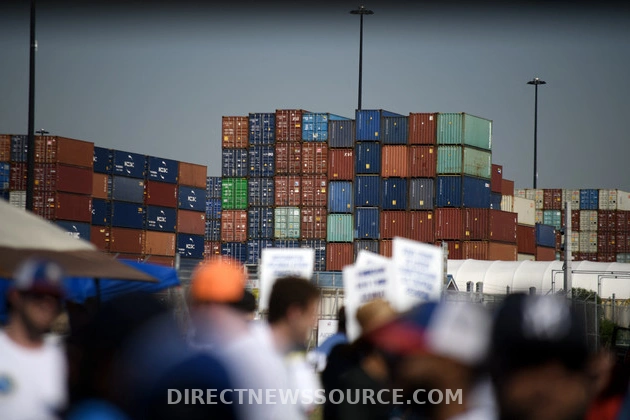
Port Strike Averted - How Trump's Involvement Saved the Day
Port strikes can cause significant disruptions to the economy and labor relations, but a recent crisis was averted thanks to timely negotiations between dockworkers and the shipping industry. The agreement reached to avoid the strike not only safeguards union positions but also paves the way for advancements in port technologies that promote job creation and enhance safety.
The Role of President Trump
One key figure credited with facilitating this agreement was President Trump, whose advocacy for the labor group played a crucial role in preventing a potential coast-wide strike. By publicly supporting the dockworkers and expressing concerns about industry automation plans, President Trump helped maintain stability in the shipping industry.
Impact on Labor Relations
The union’s decision to acknowledge President Trump’s assistance underscores the complex dynamics of labor relations and political influences within the industry. This unexpected turn of events serves as a reminder of the shifting loyalties and priorities among labor groups and political figures.
Furthermore, the involvement of multiple stakeholders, including the Biden administration and industry representatives, highlights the intricate negotiations required to address labor disputes in the shipping sector. While previous strikes have been resolved through wage increases and temporary compromises, the ongoing debate over automation remains a contentious issue.
Technological Advancements and Labor Concerns
The push for automation in port operations raises valid concerns about job security and the future of labor-intensive roles. Union leaders like Harold Daggett advocate for measures to safeguard workers against the potential negative impacts of technology adoption, emphasizing the importance of balancing efficiency with employee welfare.
Despite the temporary resolution of the recent crisis, the long-term implications of automation and technological advancements in the shipping industry remain subjects of ongoing debate and negotiation. The delicate balance between innovation and labor protection continues to shape the future of port operations and workforce dynamics.
Conclusion
The successful avoidance of a port strike through collaborative efforts and political interventions highlights the intricate interplay between labor interests, industry demands, and governmental influences. As the shipping industry navigates the challenges of modernization and automation, the need for constructive dialogue and sustainable solutions becomes increasingly apparent.
By recognizing the pivotal role of key figures like President Trump in resolving labor disputes and promoting industry stability, stakeholders can work towards a more harmonious and productive relationship that benefits both workers and employers.


